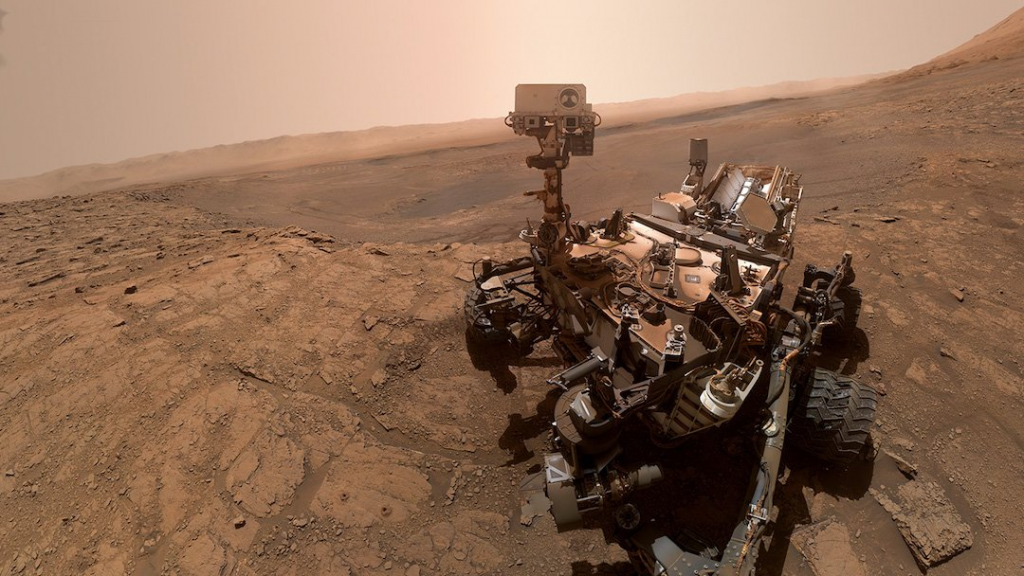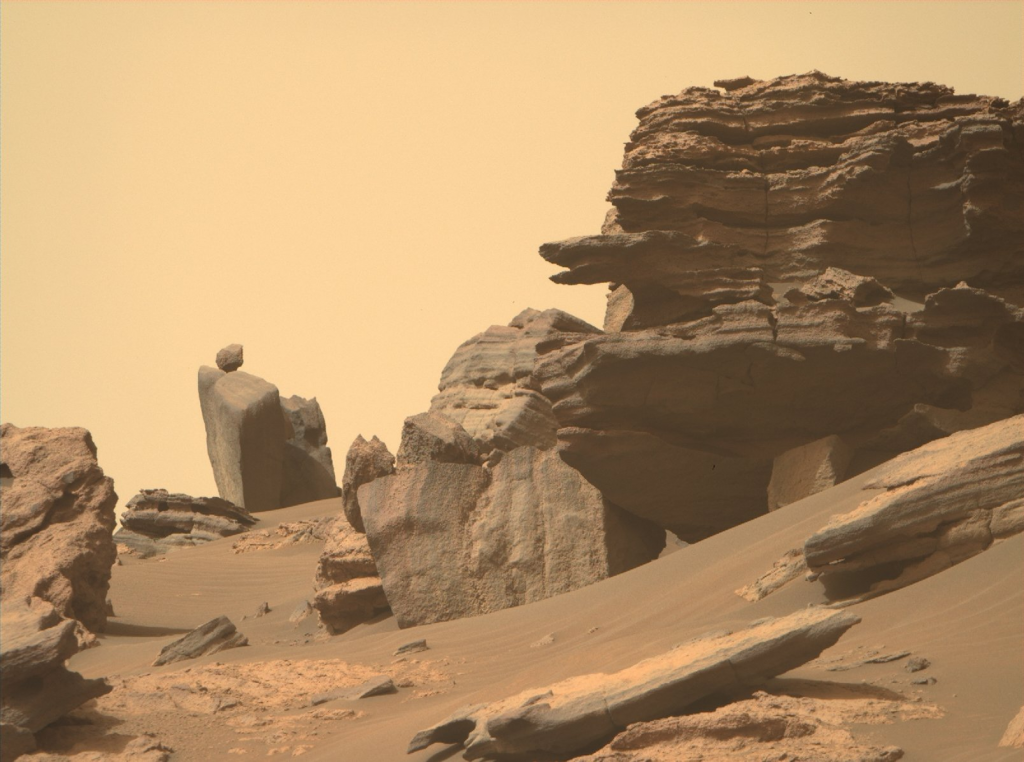NASA’s Curiosity rover has found opal on Mars. They can be precious in the future for being a source of water.
Opal comes into existence when water weathers silica-rich rocks, and forms a solution that settles into cracks and crevices in the rock. Over time, this solution hardens into a solid lump that can be cloudy and dull or a dazzling display of color. One Earth, opal has been coming from either Australia or Ethiopia.
In the images captured, lighter-colored rocks are being seen to surround fracture “halos” that crisscross the surface of the Red Planet. These samples were acquired and researchers from Arizona State University analyzed this archival data using new techniques.

The composition of the rocks seemed to be mostly silica and water.
“Our new analysis of archival data showed striking similarity between all of the fracture halos we’ve observed much later in the mission,” said Travis Gabriel, co-lead author of the study. “Seeing that these fracture networks were so widespread and likely chock-full of opal was incredible.”
Earlier in 2008, the Mars Reconnaissance Orbiter also detected large, pale patches in multiple regions of the Red Planet that were said to be present because of deposits of hydrated silica. Now, the material has increased in abundance.
The presence of opal suggests that water was present on Mars far more recently than is currently believed. The conditions below the Martian surface were potentially habitable for much longer than the upper surface. Curiosity and its successor rover Perseverance are currently searching for signs of life in Jezero Crater – a site that’s also rich in opal-like material.

Opal can prove to be a source of water for humans who visit Mars. The team estimated that a 1-meter-long (3.3-ft) halo could contain up to 5.7 liters (1.5 gallons) of water in the top 0.3 m (1 ft) from the surface.
The research was published in the Journal of Geophysical Research: Planets.


